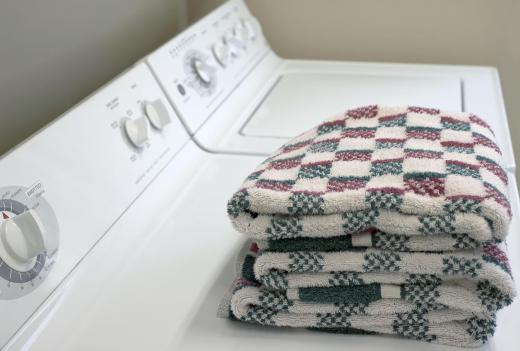Epoxy is best known as a type of durable glue that provides a high level of bonding properties that are far superior to most ordinary paste style glues. Generally sold in a two component package that requires mixing just before use, epoxy is used to securely bind a number of different types of metals, plastics, and woods.
Created to provide both bonding powers and a hard layer of protection, the basic elements of epoxy are derived from petroleum products. One of the basic components is usually polyepoxide is bisphenol-A, which helps to provide some of the bonding efficiency of the glue. Epichlorohydrin is another key element, and helps to provide the substance with a hard layer that is resistant to humidity, moisture, and extreme hot and cold temperatures. The combination of the hard coating coupled with the strong bonding agents makes this adhesive the ideal choice to use with metals that undergo a lot of stress, such as the hulls of airplanes and the metal plating that is found on most ships.

Epoxy can also be used in the construction of wood furniture. Not only does it function to secure sections of the frames, it also can be used as an ingredient in the finishing varnish to create a layer of protection that is not only attractive but will help preserve the integrity of the piece for many years. In like manner, the glue is often used to mend fiber cuts in telephony networks, since it has the ability to bind fiber wiring and create a seal on the polymer casing. Often, it is this combination of superior protection and the ability to restore broken object to productive use that make the product so attractive.

There are many uses for epoxies around the home as well. As a hardener that will create a strong bond, it can be used to repair the joints in antique picture frames, as well as mend table legs that may have begun to wobble with age. While the versions that are marketed for home use are formulated differently from those that are industrial strength, the glue is still strong enough to handle most household repair jobs.

Epoxy is usually mixed just before it's used. Two separate chambers containing the necessary elements are combined, then applied to the broken piece. Some brands are formulated to dry quickly often within 30 minutes, with others creating a solid bond in no more than six minutes.

